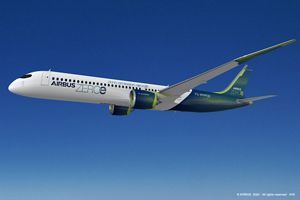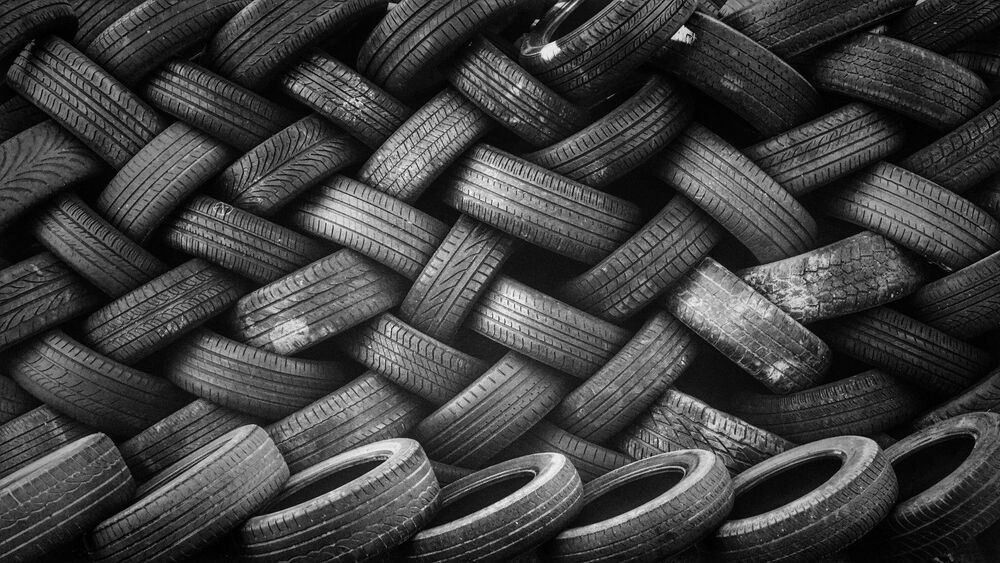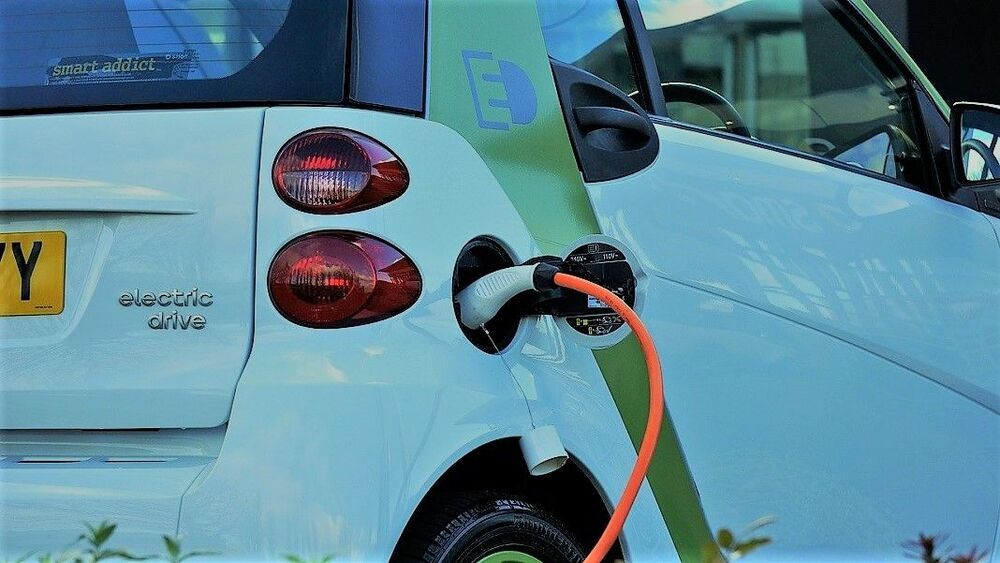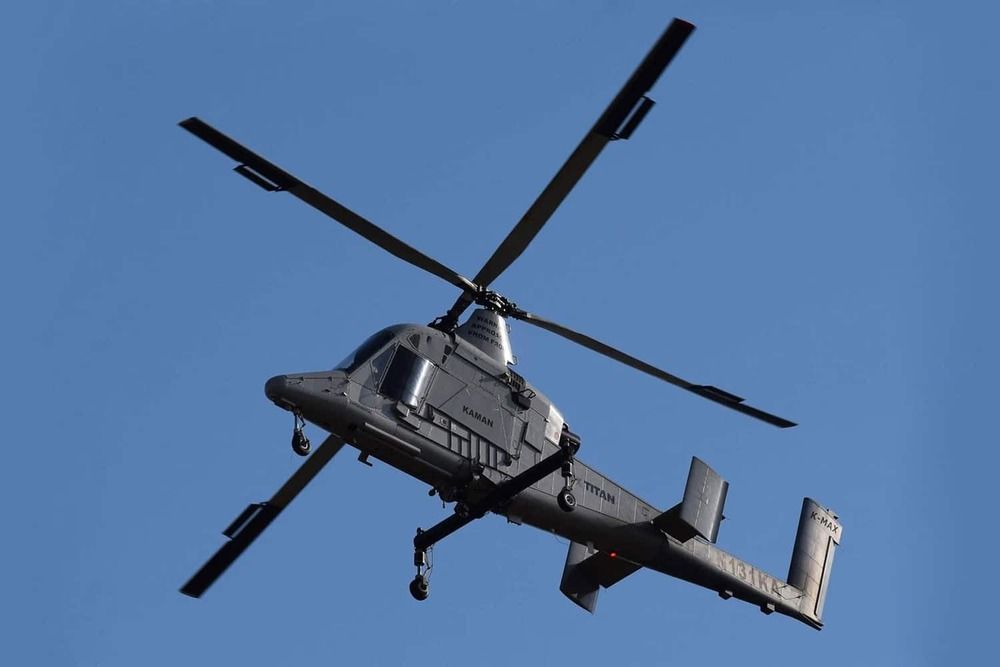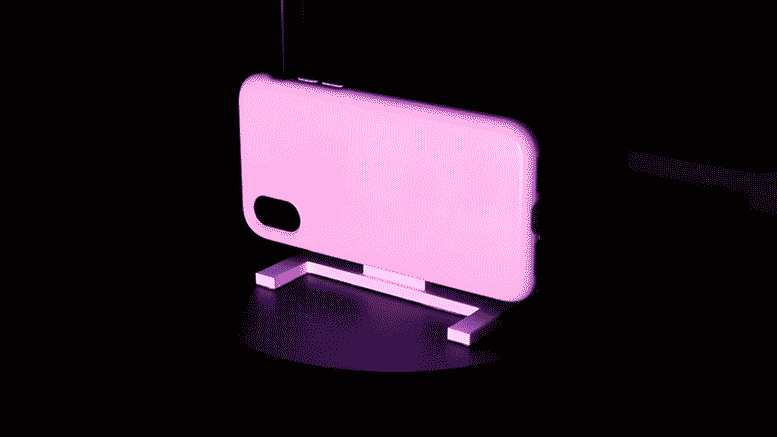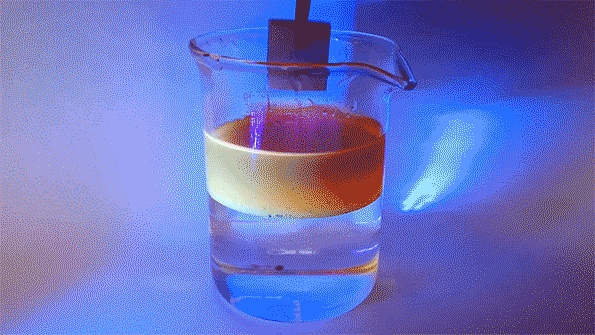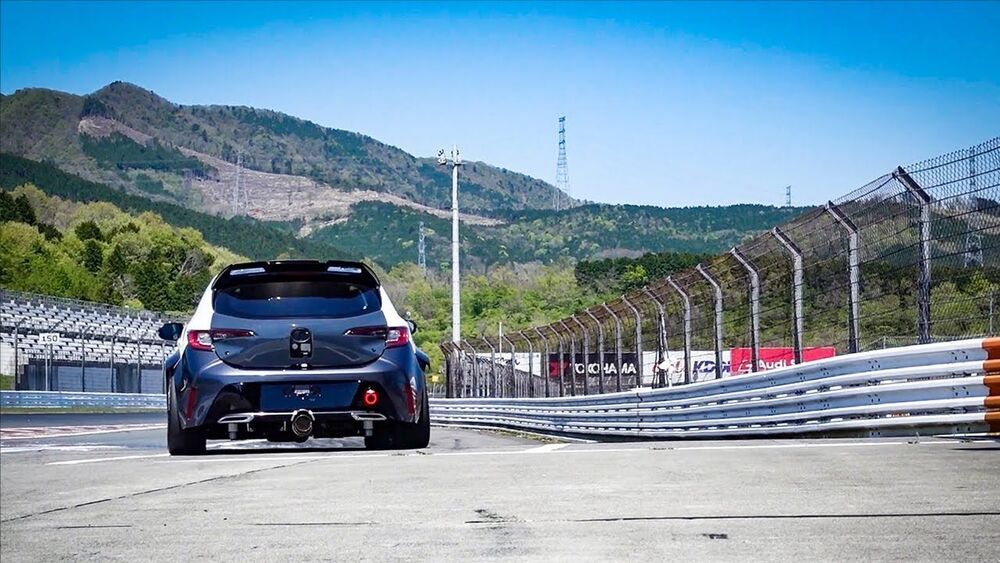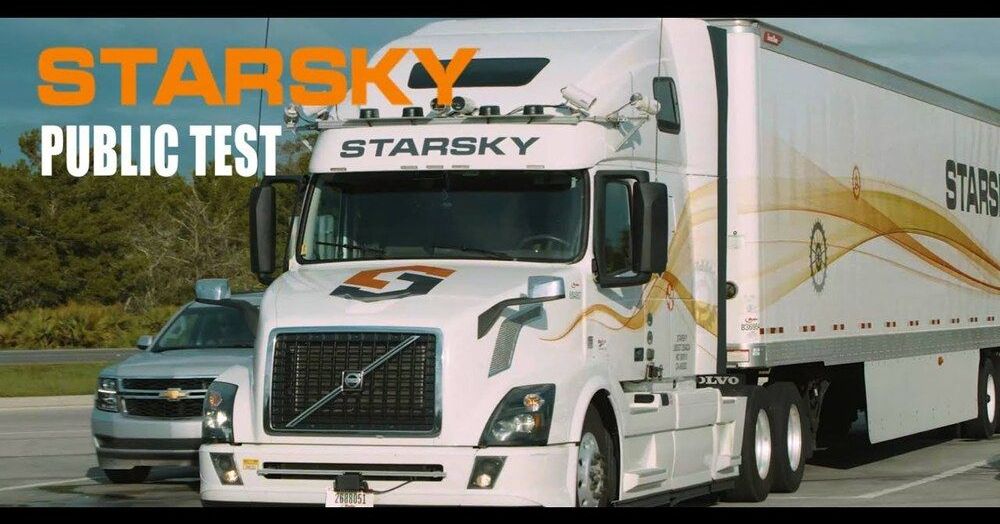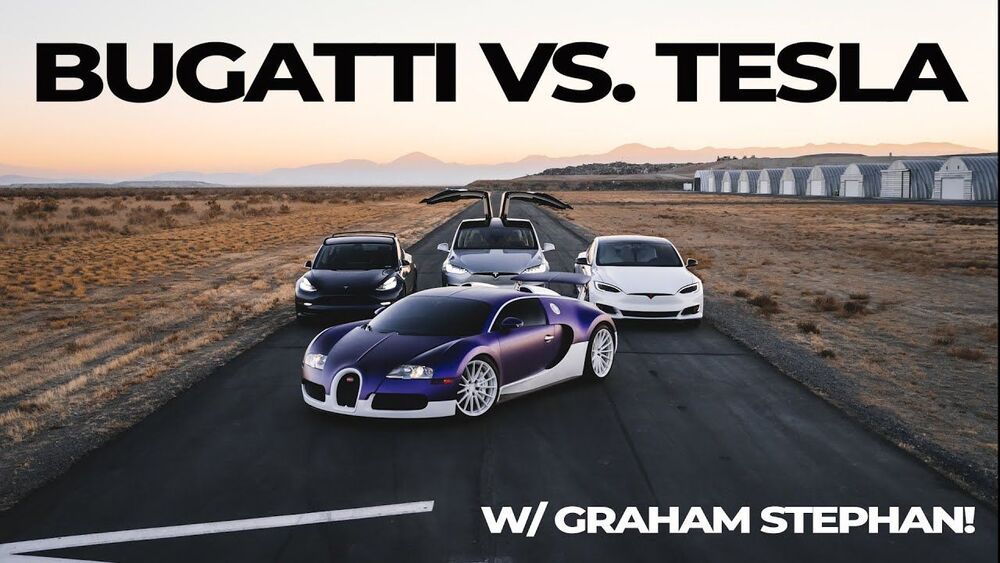We have everything we need here Especially in Texas no one ever needs to freeze again if they come out of the Fossil Fuel stone age.
The idea is that when electric vehicles are not in use, the energy stored in their batteries is going to waste. If you make it possible for that energy to feed back into the grid, then it can help balance out dips in supply as renewables go offline, rather than relying on fossil-fuel plants to pick up the slack.
The technology that can make that happen is still in its infancy, though. When an electric vehicle is charged, the alternating current from the grid is converted to direct current that can be stored in its batteries. But most charging stations and cars don’t have the hardware to allow this process to run in reverse, meaning the power can’t be fed back into the grid.
That’s starting to change, though, and a city in the Netherlands is leading the charge. In the last two years Utrecht has installed nearly 500 bi-directional charging stations and is positioning itself as one of the world’s leading test beds for the technology.
